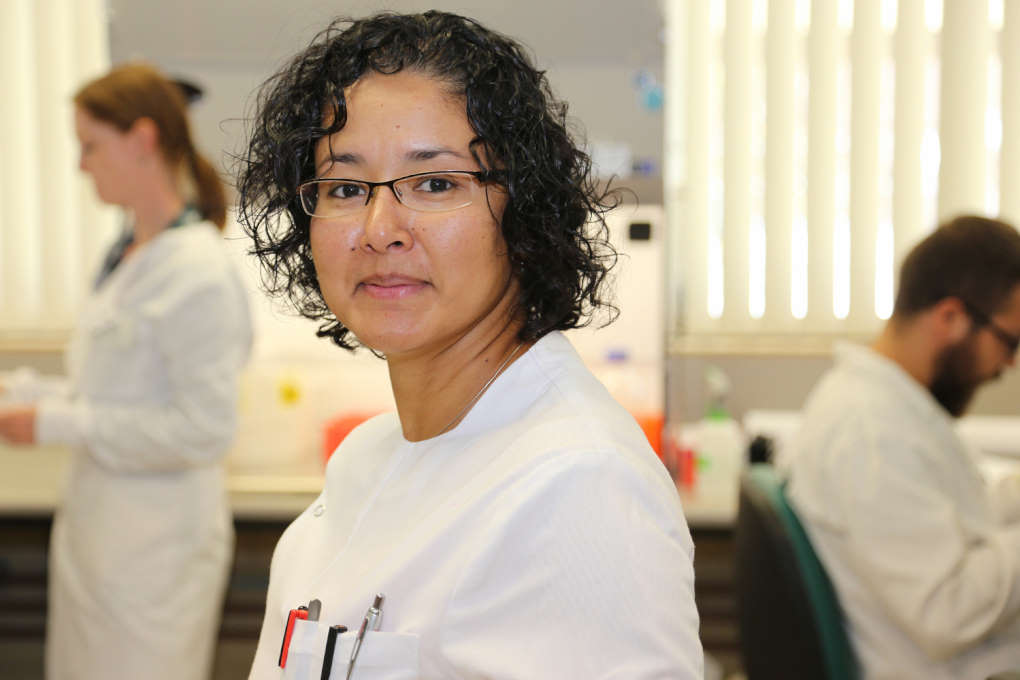Blood test better than eye biopsy
A simple blood test to diagnose and track the progression of uveal melanoma is showing promising results in studies by researchers from Western Australia’s Edith Cowan University (ECU). At present, the classification of uveal melanoma types is achieved by obtaining a sample from the tumour in the eye prior to radiation treatment, but the procedure is risky, with complications that can totally or partially impair vision of the affected eye. Each year, about 150 Australians are diagnosed with uveal melanoma, a deadly cancer attacking the eye first and then spreading to the liver, with about half of all cases resulting in a life expectancy of less than two years.
ECU joint lead researcher, Dr Elin Gray, told Insight magazine that the blood test worked by measuring the amount and type of circulating tumour cells (CTCs) and circulating tumour DNA (ctDNA) in the patient’s blood. “CTCs are cells that have been shed from the primary tumour and are carried in the blood, while ctDNA comprises fragments of DNA that have broken away from the tumour. By analysing the genetic makeup of these CTCs we were able to give an accurate prognosis of whether the patient’s melanoma was likely to metastasise throughout their body. We also found that in patients whose uveal cancer was spreading, the amount of ctDNA in their blood gave an indication of how far the cancer had spread. So ctDNA analysis could be a minimally invasive way of monitoring the disease progression in patients whose cancer has metastasised.”
The next step is to roll out a national clinical study in partnership with oncologists at the Kinghorn Cancer Centre and ophthalmologists at the Chatswood Grove Eye Clinic and Sydney Eye Hospital in New South Wales.The research team’s goal is to see the blood test become a routine test in clinics worldwide where it can be used as a liquid biopsy to accompany current pathology tests for prognosis of uveal melanoma.



























